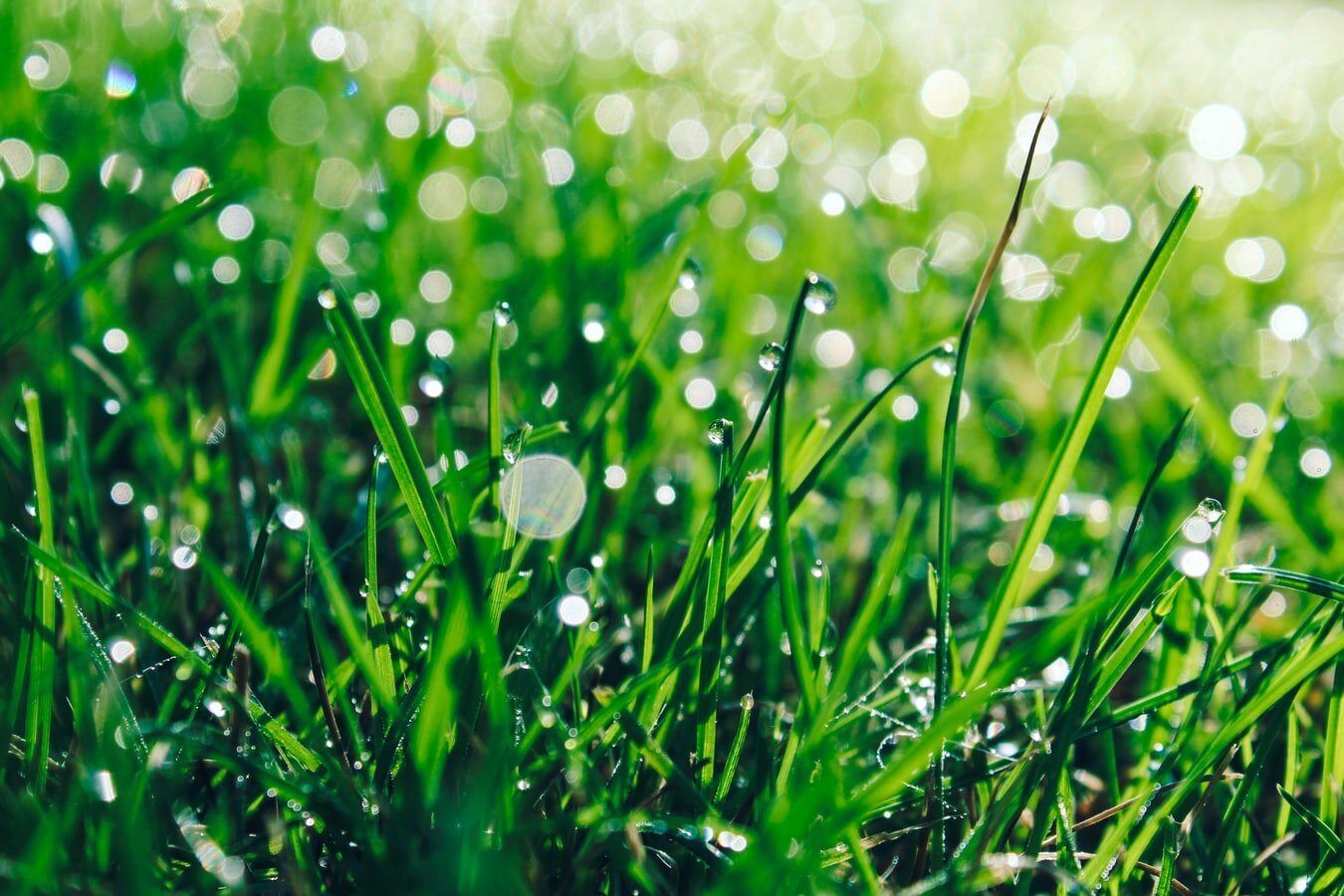Tips for Conserving Water in the Landscape

- Visually inspect your sprinkler system once a month during daylight hours. Check and fix any tilted, clogged or broken heads. Although watering at night is recommended, you won't notice problems with your system unless you see it in operation.
- Avoid watering your landscape during the hottest hours of the day (10 am until 6 pm) to minimize evaporation.
- Water your landscape in cycles by reducing the number of minutes on your timer and using multiple start times spaced one hour apart. This allows the water to soak into the soil and avoids runoff.
- Water your lawn only when it needs it. If you leave footprints on the grass, it is usually time to water.
- Turn your sprinkler system off during or after a rainstorm and leave it off until the plants need to be watered again.
- Consider installing an automatic rain shutoff device on your sprinkler system.
- Install drip irrigation systems for trees, shrubs and flowers.
- Check your sprinkler valves for leaks when checking all your heads.
- Avoid watering your lawn on windy days.
- Try to add more days between watering. Allowing your lawn to dry out between watering creates deeper roots and allows you to water deeper and less often.
- Place a rain gauge in your backyard to monitor rainfall and irrigation.
- Set the kitchen timer when you water by hose.
- Test soil moisture with a soil probe or screwdriver before you water. If the soil is moist, don’t water!
- Watch out for broken sprinklers, open hydrants, broken pipes and any other significant water losses in your community. Be sure to notify the property owner or the water district of the problem.
- Make sure the water coming out of your sprinklers is not misting and drifting away in the wind. This is usually caused by too high of pressure if necessary, install a pressure reducer on your sprinkler line.
- Turn back your automatic timers in the spring and fall. Water only once or twice a week during the spring and fall.



